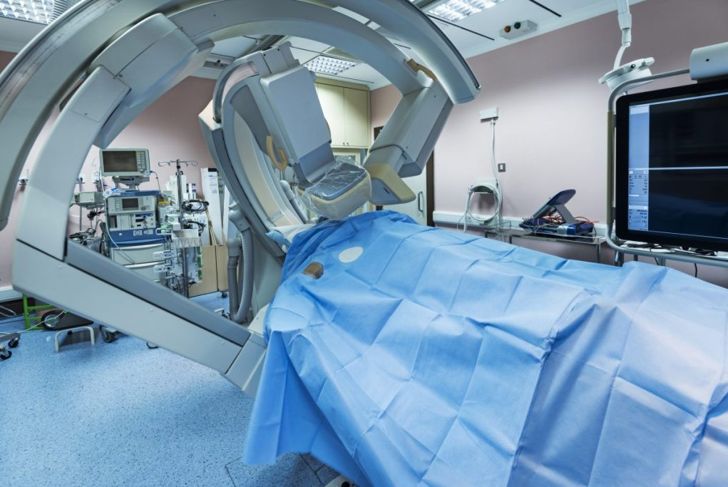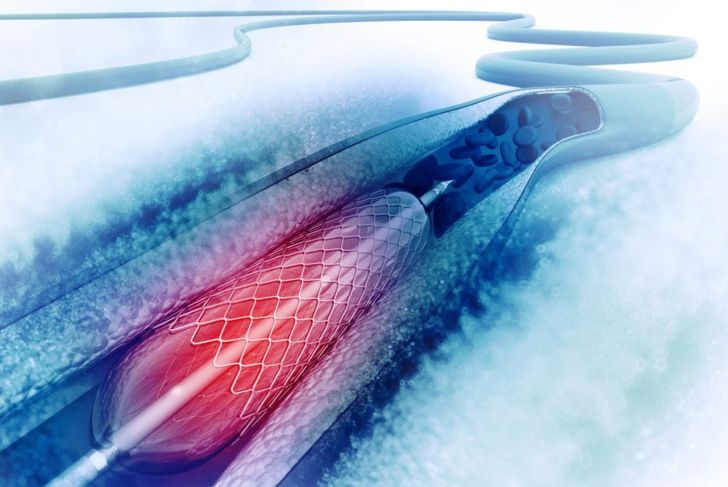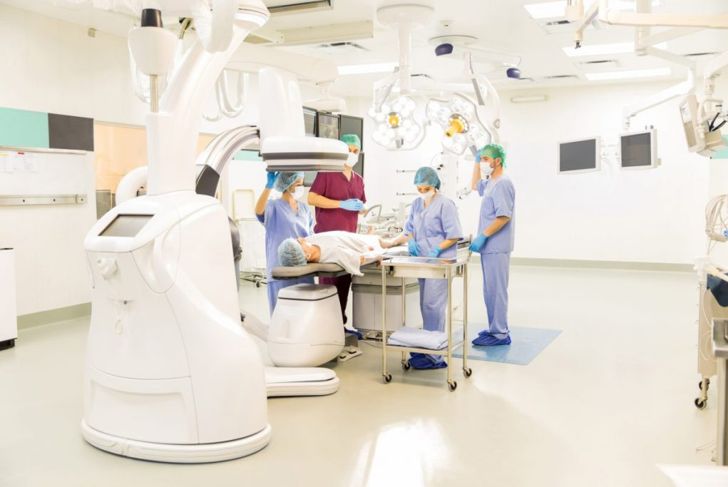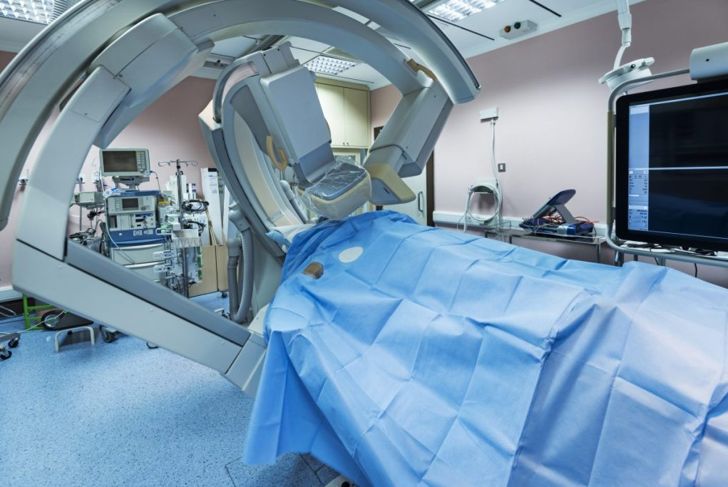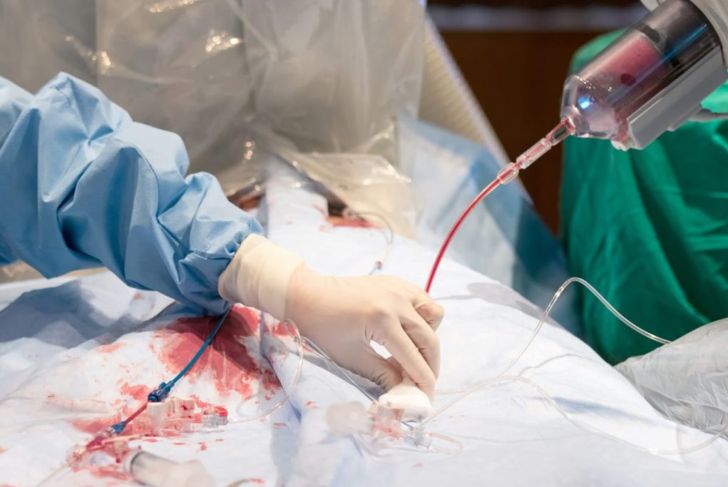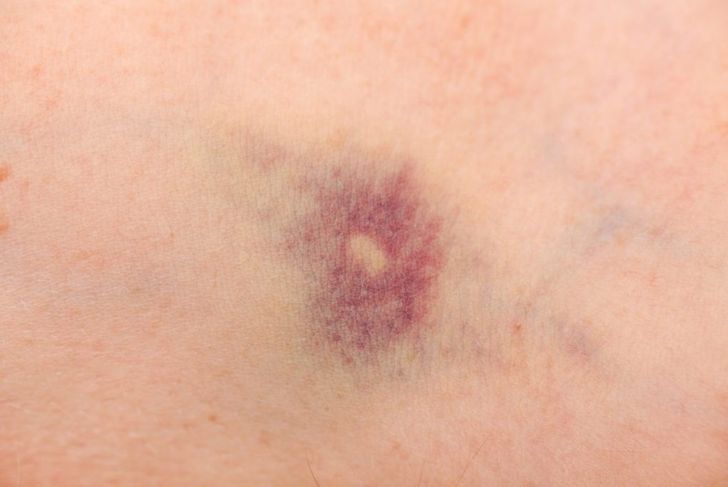Angiography as an umbrella term means looking at blood vessels and arteries through x-ray imaging and the use of a contrast agent. Most people immediately think of the heart when they hear the word angiography. While coronary angiograms are common, angiography can refer to the blood transport system in any part of the body. A renal angiogram looks at the blood supply to the kidneys. Femoral, iliac, and popliteal angiograms inspect the leg, groin, and lower leg respectively. Angiography can also be used to study the arteries and veins in the neck that provide blood to the brain.
What is the Doctor Looking For?
Your doctor can learn a lot from an angiogram. After a catheter is inserted, usually into the femoral artery or the groin, the operator directs it to the area at which the doctor wishes to look, and the contrast medium is released into the vein or artery. Images will show your doctor any blood vessel abnormalities such as blockages, inflammation, widening and bleeding, or narrowing.
Simultaneous Procedures
An angiogram is usually performed to get a map of the body, and the doctor may also perform some other tests at the same time. The most common of these is angioplasty and stenting. In the case of a narrowed blood vessel, a small balloon is inflated to widen the artery. While this often does the trick, sometimes the doctor will also insert a stent, a metal tube will remain in the artery to keep it open. This is usually a painless process, and the patient should require only a mild sedative.
Why is My Doctor Recommending Angiography?
This will vary from patient to patient but, generally speaking, your doctor will be looking for the severity and exact location of the narrow or blocked blood vessel. Other reasons include locating a bleeding site before embolization, locating and removing a blood clot and restoring blood flow, taking blood samples to diagnose a suspected problem, and getting a map of your blood vessels for a future surgery.
How Do I Prepare For Angiography?
Your doctor should let you know if you need to abstain from eating in the hours before your test. Unlike surgeries, doctors generally encourage consuming plenty of fluids before the procedure. Bring a list of your medications and make notations of any relevant imaging you have had in the past. Finally, you will need to sign a consent form ahead of the procedure.
Additional and Specific Preparation
If you have a history of kidney disease, it’s imperative the staff is made aware of this. Furthermore, the doctor or technician will need to know if you are taking any blood thinning medications. Drowsiness from medication administered during the test is a distinct possibility, so it is best to have someone pick you up.
What to Expect When You Walk into the Suite
Before the procedure, you will have to change into a surgical gown, and in some cases, a member of the staff may shave the groin area. It’s also possible you will receive a mild sedative. While an angiogram is a standard procedure, people do get anxious when they enter a room with all that equipment. You’re walking into something that looks a lot an operating theatre and involves a specialist doctor, a radiographer (medical imaging technologist), and possibly a nurse. You’ll see machines used to monitor your heartbeat, breathing, oxygen levels, blood pressure, breathing, and other vitals, as well as the angiography machine.
The Actual Procedure
Once you lay down, you’ll receive a local anesthetic at the catheter insertion point. If you are sensitive to or frightened of needles, this step could be anxiety-causing. You may feel a flush of heat upon injection of the contrast medium, but this will pass in a few seconds. Remain very still while the machine takes the x-ray images. On occasion, the doctor may ask you to hold your breath or shift your body to ensure the clearest possible image.
How Long Does This Take?
An angiogram should take less than an hour. However, a complication with the catheter could force the doctor to find a new insertion location. If you require angioplasty or stenting, this will also lengthen the process. After the catheter is taken out, a member of the medical staff will likely apply pressure to the entry point for about ten minutes to stop any bleeding. Following the procedure, patients are usually taken to an observation and recovery room and asked to lie on their stomachs for up to four hours.
Are There Risks?
Complications arise in rare cases. There is always a slight chance that you will react to the contrast medium, which generally causes only mild itching or a rash, but could be more serious. X-rays do expose you to radiation, but an angiogram does not deliver a substantial amount. Bleeding and bruising is the most common, though still rare, complication. Bleeding occurs in less than five percent of cases and presents as a raised bruise that will disappear in a couple of weeks. Only one percent of those undergoing the procedure requires overnight observation. In less than one percent of cases, the procedure damages a blood vessel, but this is usually corrected at the time by the radiologist.
When Will I Get The Results?
It is not uncommon to have the doctor who performed the procedure to share what he saw that day. Beyond that, your doctor will receive a written report on the test in time; if other conditions or something perceived during the test gives him or her cause to worry, these results may be rushed. If everything appears normal, you may have to wait a couple of weeks.

 Home
Home Health
Health Diet & Nutrition
Diet & Nutrition Living Well
Living Well More
More